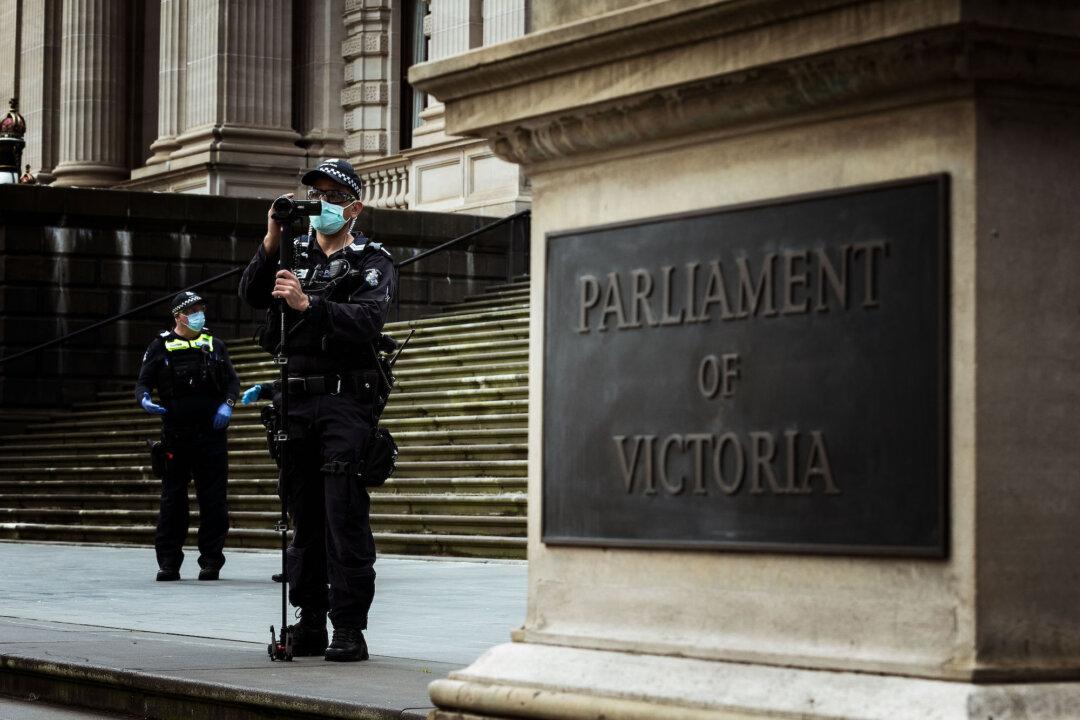Displaying symbols of Nazi ideology could be banned in the Australian state of Victoria following a parliamentary inquiry into the state’s anti-vilification laws.
The potential ban would include the Nazi swastika, but it was not clear from the report whether this would encompass other uses of the swastika by Eastern faith groups which for thousands of years have recognised the symbol as one of divinity and spirituality, such as those in the Buddhist traditions.





